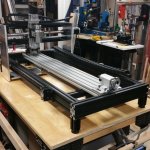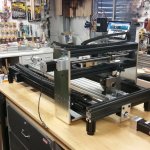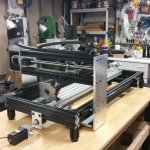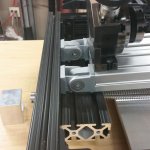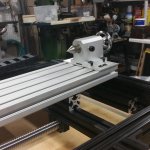Just pointing out that almost any time a cuemaker independently comes up with a process (or end result) and thinks it's something that "hasn't been achieved until now"... he's probably wrong. There had been plenty of very innovative techniques devised before I ever started building cues, and plenty more afterwards.
I'm always interested in seeing the next genuinely new thing, but rarely does it turn out to be so. Cuemakers are always reinventing the wheel - which is fine - but if what they've come up with is not truly "new" then it seems reasonable to give credit where credit is due.
TW
I'm always interested in seeing the next genuinely new thing, but rarely does it turn out to be so. Cuemakers are always reinventing the wheel - which is fine - but if what they've come up with is not truly "new" then it seems reasonable to give credit where credit is due.
TW
